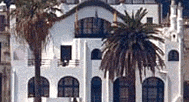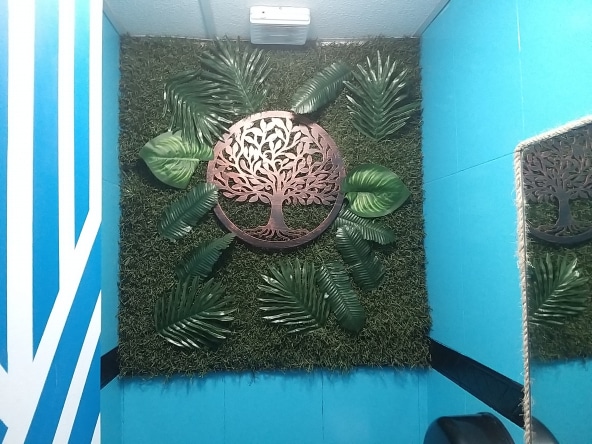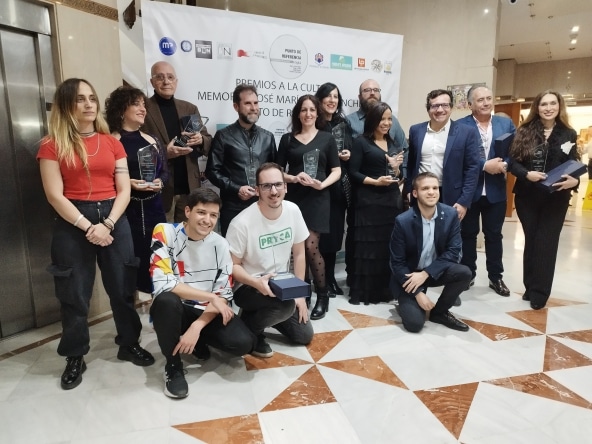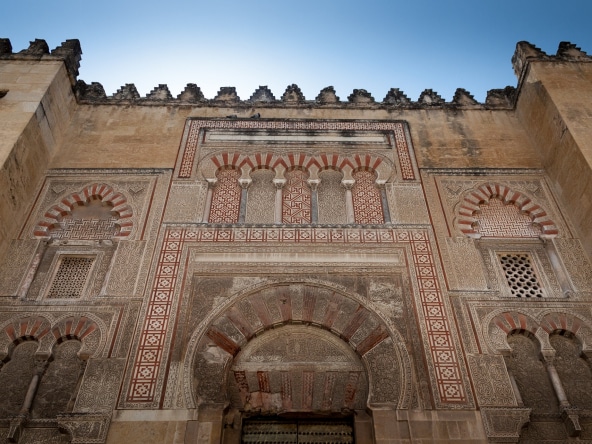The modernist style, which gained momentum in Catalonia around the year 1900, is the protagonist of this route, which runs through the main summer resorts of the Catalan bourgeoisie of the time.
Approach:
The route begins in Blanes and stop to admire the architecture that the Indians promoted when they returned from America, the vacationers' houses and the unique shapes of these buildings. Some samples are Town house, an important cultural and political center before the Civil War; the Casa Tordera, Can Alemany, Casa de l'Estrella y Can Panxo Gordo, among others.
Home:
Leave the urban center along the road that runs along the coast from the end of the promenade and gives access to three must-see gardens. The first is the Marimurtra Botanical Garden, one of the most important in Europe, located between the Sant Francesc Cove y Sa Forcanera. Driving in the direction of Lloret de Mar, on the right hand side and at the height of a viewpoint, there is the Pink Pinecone Garden, with an impressive collection of cacti. And finally, before reaching Lloret de Mar, there is the Garden of Saint Clotilde, designed by the architect Nicolau Maria Rubió and Tudurí.
Route tracking:
Lloret de Mar It is one of the main tourist centers of the Costa Brava, with more than a thousand years of history and numerous modernist exponents. Architects like Enric Monserí, Bonaventura Conill o Puig and Cadafalch They built buildings of interest, such as the Sanctuary of the Mare de Déu de Grí cia, Church of Sant Romi or the Santíssim Chapel. Also visit the cemetery, which contains interesting monuments such as the Pantheon of the Costa Macií family .
Take the GI-682 road, which winds between curves over some of the most spectacular coves in the area. Costa Brava until you reach Tossa de Mar.
The municipality of Tossa It is surrounded by one of the most significant medieval walls in Catalonia. Inside there is the municipal Museum, with works by artists such as Marc Chagall, George Kars, André Masson o Oscar Zí¼gel, who stopped in the town. The main modernist element of the population, however, is the Sans House, architect's work Antoni de Falguera.
Follow the GI-682 highway, with impressive viewpoints over the coast, until Sant Feliu de Guíxols.
This town, which has a cultural reference in its old monastery, is one of the towns with the most modernist heritage. Visit the Casino dels Nois and Patxot House, work of the municipal architect General Guitart and Lostaló; the headquarters of “La Caixa” and Can Casas, work of Rafael Maso; and the Pantheon Houses, Puig and Cadafalch. Follow the coastal road, which begins near the port, and reaches the Sant Pol beach, where you will see various modernist buildings such as the Estrada House o the Tower of the Punxes.
At the other end of the same beach is one of the mythical areas of the Costa Brava: S'Agaró. In this urbanization next to the sea, the Noucentista style is noticeable in various refined buildings, but with classic sobriety. They highlight, in particular, the White Sign and Hostel of the Gavina, work of Rafael Maso y Francesc Foguera.
Without leaving the coastal road, which becomes the C-253, cross Platja d'Aro, Sant Antoni de Calonge y Palamos until you reach La Fosca cove, to the north of this town, where there are also some modernist houses.
Route extension:
Leave the coast on the C-31 in the direction of Palafrugell. The population preserves different buildings of interest, such as the Almeda House, Miquel House, Casino, La Económica Palafrugellense Cooperative, Cork Museum, Armstrong factory… The coves of the municipality, located a few kilometers from the center, are among the most characteristic of the Costa Brava, as well as those that continue towards the north, already in the municipality of Begur. These are traditional summer resorts where we will also find some modernist houses.
From Palafrugell take the C-66 until La Bisbal. Among the modernist heritage of this town, a ceramics center and a first-class commercial center, the old town hall and World Cinema.
Curiosities:
Modernism in Catalonia was an important movement in the decorative and graphic arts around the year 1900, but architecture was the most influential field, with names as recognized as Antoni Gaudí, Lluís Domí¨nech y Montaner, Josep Puig y Cadafalch o Rafael Maso.
This style has different names depending on the country. It is known as Art Noveau in France and Belgium, Jugendstil in Germany, Sezession in Austria, Modern Style in England and Stile Liberty in Italy.



